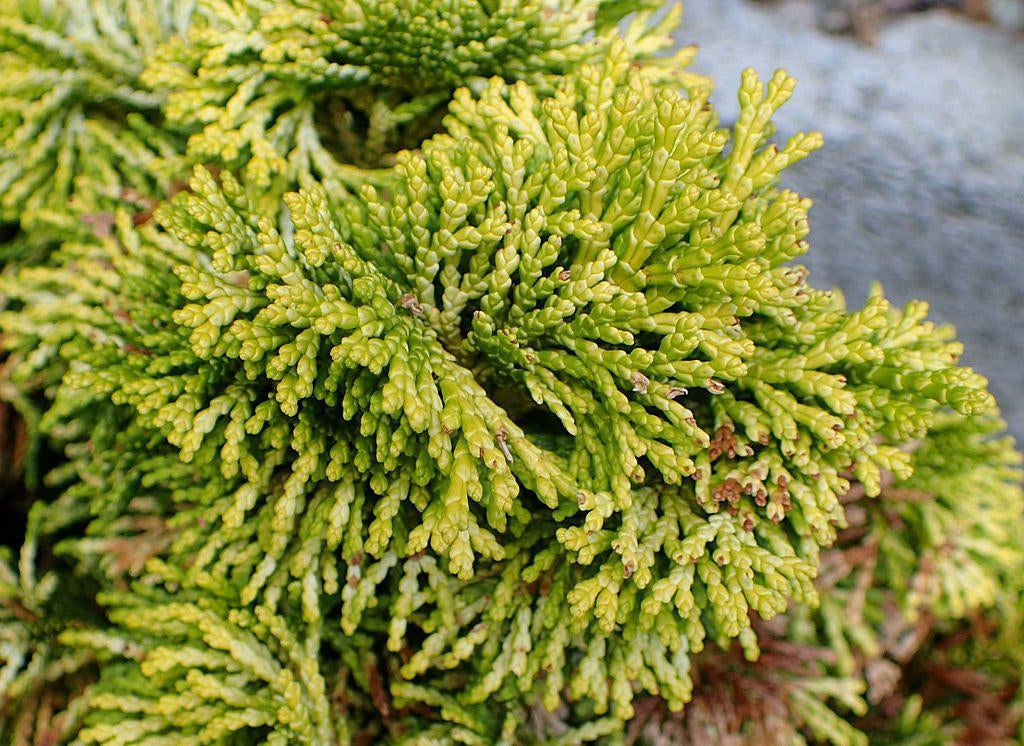
How To Take Care Of Your Golden Hinoki Cypress Bonsai Tree
Chamaecyparis Obtusa Crippsii Bonsai Care
About The Golden Hinoki Cypress Bonsai Tree
The Hinoki Cypress is a Japanese evergreen, and the smallest of the cypress species. The Golden variety has a lovely golden tint to the foliage, making it an interesting subject for bonsai.
Its a conifer with layered golden fan-like foliage that sort of looks like scales.
It has a dark brownish-red bark that quickly looks mature.
This is an outdoor bonsai tree, and is remarkably hardy.
Placement
The Golden Hinoki Cypress is an outdoor tree that needs protection from the harsh winter weather. Bury the bonsai tree up to its trunk in mulch when the temperatures are approaching freezing at night to protect it from the worst of the frost.
Alternatively, you can place it in an unheated shed or garage to help it go dormant while protecting it from the elements.
Watering
The Golden Hinoki Cypress, like most bonsai trees, will die if it dries out. It enjoys plenty of water in well draining soil. Never let it dry out completely. Not even in the winter!
Humidity
The Golden Hinoki Cypress doesn't care how humid or dry it is. However, if you're wintering it in the shed or garage, a suitable humidity drip tray will keep things clean when watering.
Fertilizing
Since your Golden Hinoki Cypress bonsai is in a small pot, and not the ground, it needs nutrients. A slow release (pellet based) fertilizer is perfect for this, and can be added sparingly every 1-2 months during the growing season.
Pruning & Trimming
Trim back the new growth to the farthest safe point that looks good to you — but never remove all of the new growth.
A regular trim will help keep your Golden Hinoki Cypress bonsai tree short, while helping the trunk grow thicker.
Repotting
Repotting must be performed periodically on your bonsai, Golden Hinoki Cypress included, when its root system has filled the pot. If you can clearly see the roots coming out of the bottom of the pot, it’s time to repot your bonsai.
Generally, this means every 2-3 years for a deciduous tree and every 4-5 years for an evergreen. Golden Hinoki Cypress, being evergreen, will need to be repotted around every 4-5 years depending on its environment.
Repotting should be done in mid-summer, when the tree is at it’s least fragile state.
Your Golden Hinoki Cypress bonsai, along with all of its soil, should be removed from the pot. From there, you can trim away no more than 1/3rd of the root mass (1/4th is preferred.)
Then you can repot the tree in the same pot, or give it a newer / bigger pot to thrive in.
After repotting, your bonsai Golden Hinoki Cypress should be thoroughly watered.
Diseases, Insects & Other Pests
Your Golden Hinoki Cypress bonsai can be treated for pests like a normal Golden Hinoki Cypress tree. Just remember, your tree is miniature and will need a much smaller and more gentile dose of treatment.
Would you like to SEE these instructions as a series of videos, instead of just reading them?
If you want to demystify the art of bonsai so you can become a master of this relaxing hobby in just a few days, you need the right training. I’ve built a digital video course that mixes classroom style instructional videos with “over the shoulder” style training videos to make bonsai simple to understand, and easy to start.
In this digital video course, you'll discover:
- How to create a bonsai tree from scratch that will help you experience true inner-peace and calm.
- How to keep your tree collection alive and well so you can enjoy their benefits for a lifetime.
- How to shape your bonsai like a professional, allowing you to design it however you like.
- What bonsai tools you really need and how to use them so you’ll never buy a tool that you don’t need again.
- How to cultivate your own trees so you never have to buy another tree from a store again.
- How to use all of this to create your own bonsai collection so you enjoy this relaxing hobby for the rest of your life.



